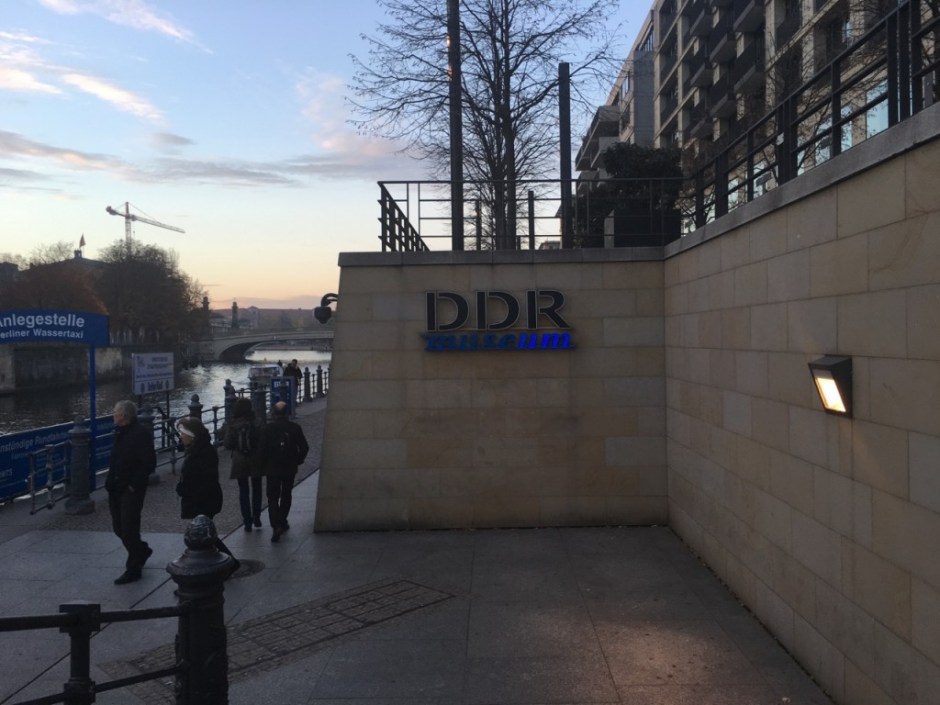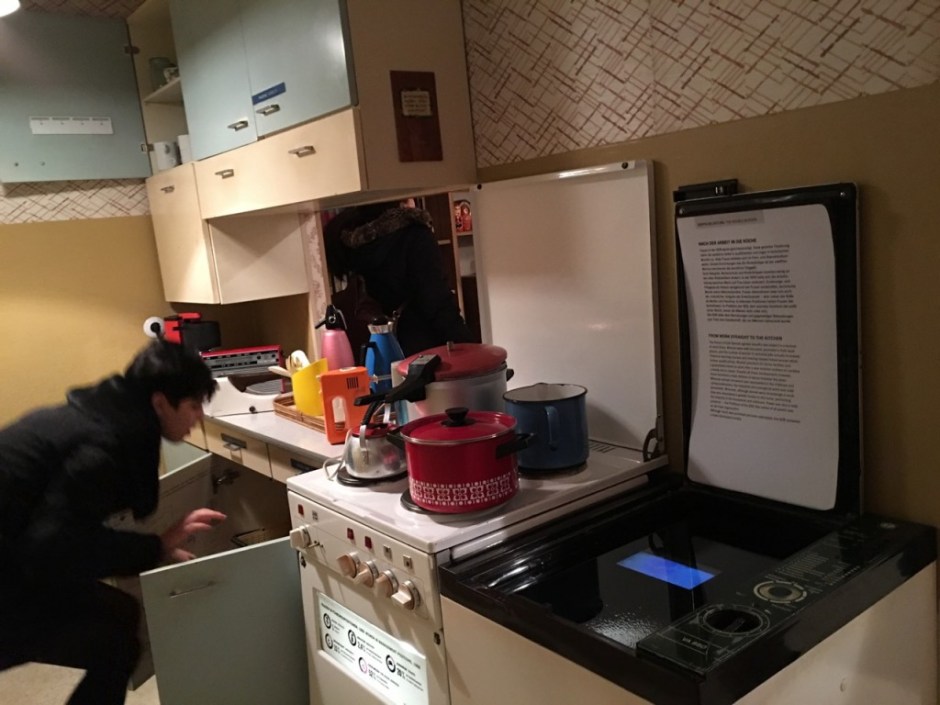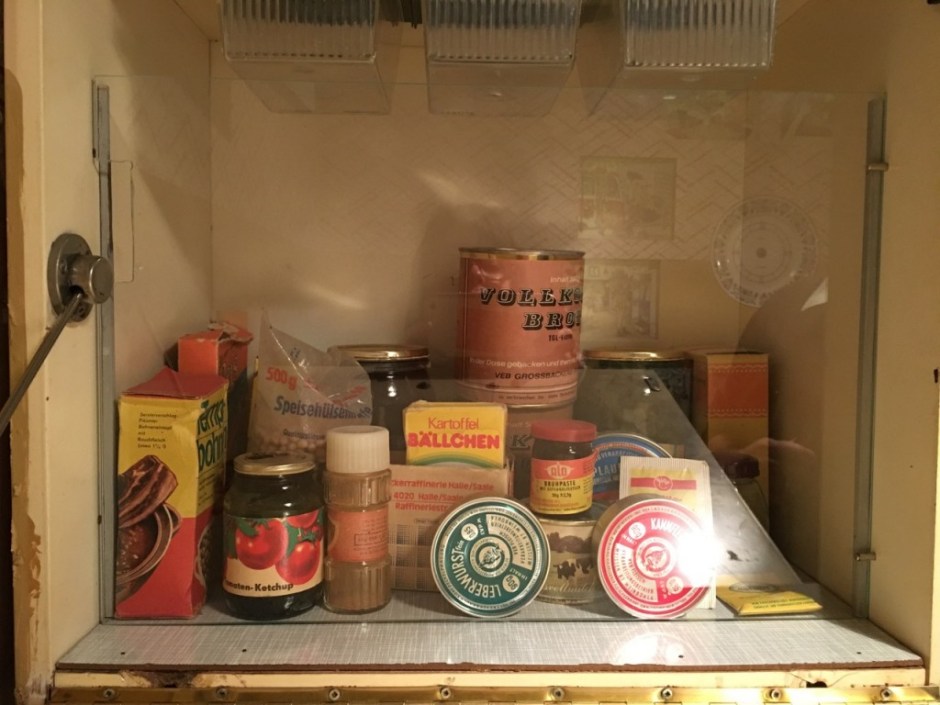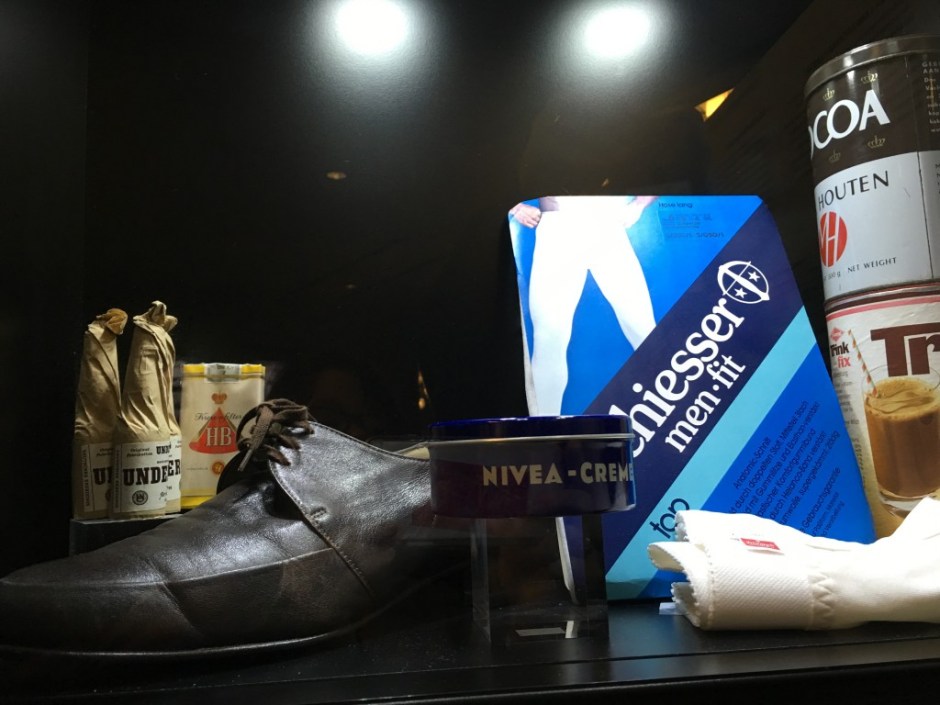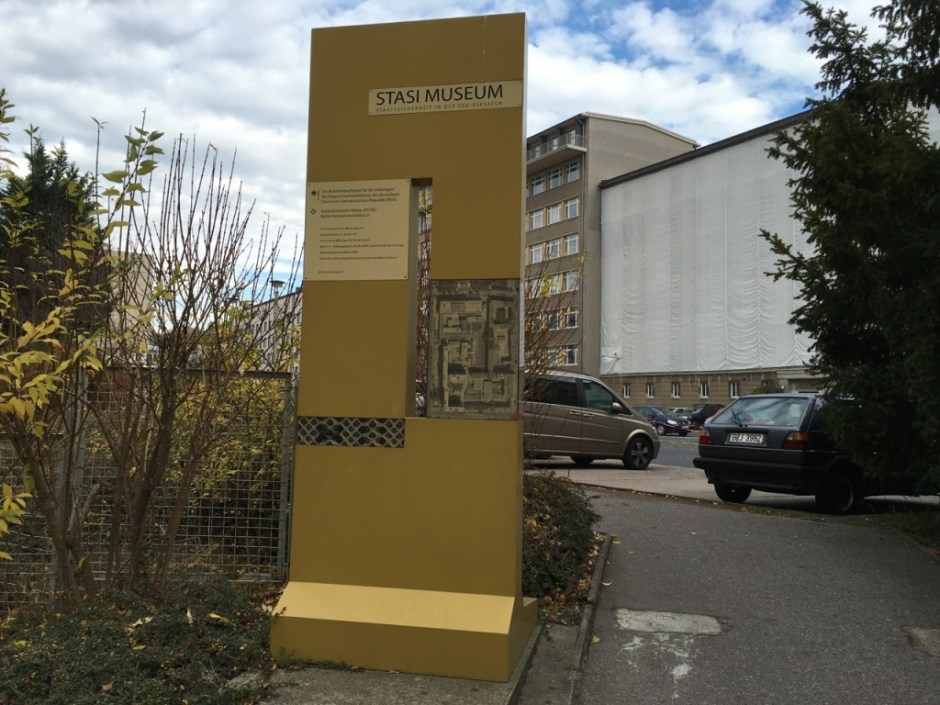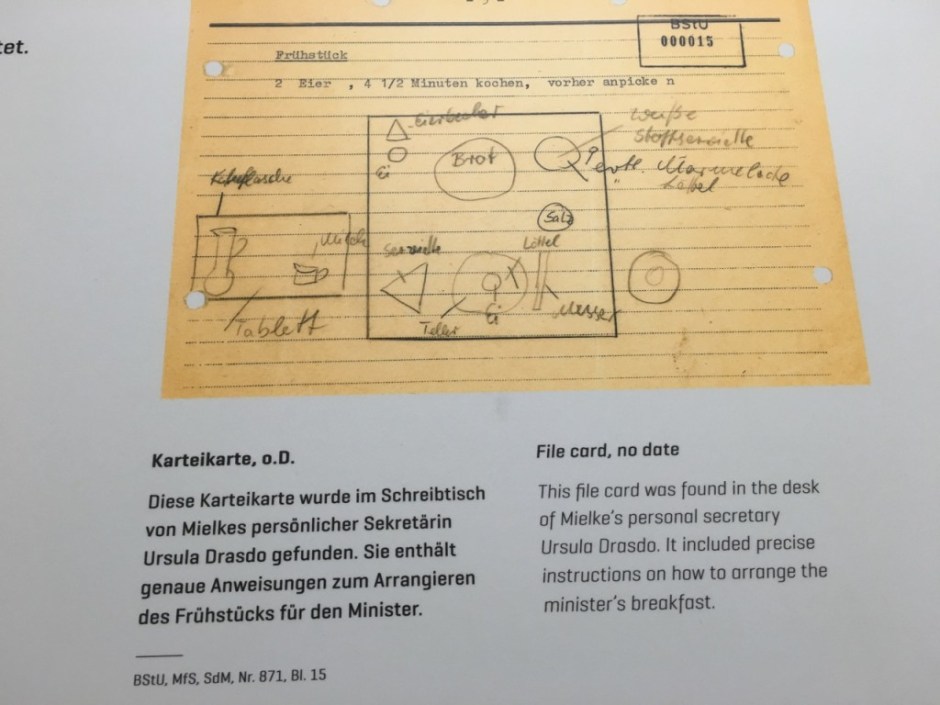Oregon’s Wine Country is only about an hour drive from downtown Portland, so some people consider it a day trip. That’s one idea, and we hope they use a designated driver, but we like to settle in for a few days and get to know a place. We talked about visiting the Willamette Valley’s wineries in a recent post. Here’s some practical advice on where to eat, sleep and enjoy the area.
Location, Location…

We’ve chosen McMinnville as our wine country base twice. It’s right in the heart of the Willamette Valley AVA with its nearly 600 wineries, there are a plenty of lodging options, and most important, there are a lot of places to eat (and drink), all within walking distance.
Whether you’re interested in a stroll around town to wineries with tasting rooms right in the downtown or you’re more into pints than Pinot Noir, there’s a lot to choose from in McMinnville. Wineries, breweries, coffee shops, a tea house, restaurants, bistros, bars, bakeries, pizzerias and an ice cream parlor line Third Street, the main thoroughfare in this historic town. There are boutiques, galleries, and shops for souvenirs and necessities. From May to October—there’s a wonderful Thursday Farmer’s Market with everything from handmade soaps to home baked pies.


McMinnville also hosts annual events like the International Pinot Noir Celebration, Walnut City Music Festival, Turkey Rama, an old-fashioned Starlight Parade to kick off the holiday season and the UFO Festival. The latter, billed as “the most popular UFO Festival in the world” is on my list. See photos of past events here. For a relatively small town, there’s a lot going on here.


There’s plenty of hiking, biking, and picnicking to be done, even if there aren’t any events happening.
Hungry?
Whatever your palate or pocketbook, there’s something here to satisfy. What follows is our recommendations– not an exhaustive list of McMinnville’s dining spots.

Thistle

Our hands down favorite for dinner is Thistle, an intimate restaurant just off Third Street. Thistle serves memorable meals with ingredients sourced uber locally. The menu changes frequently to reflect what’s available seasonally and it’s written on a chalk board; purveyors are listed at the bottom, so you know who grew your food.


You’ll find starters like Netarts Bay oysters and mains like rockfish with fennel, oxalis, yogurt and fava pods or rabbit with collard greens, turnip and spring onion. The wine list favors Oregon producers and the waitstaff are friendly and helpful. Reservations are necessary. Thistle is a very small space and hugely popular with locals and visitors. Fun fact—the restaurant was named for the thistle wallpaper the owner spotted when designing the space.
Red Hills Kitchen

The restaurant is in the Atticus Hotel (more about that later), and like most in McMinnville, focuses on seasonal, locally sourced ingredients. They tweak classic dishes like Shepard’s Pie using tenderloin of beef. The meatloaf was delicious and nothing like your mother made, we promise.



Red Hills Kitchen has a massive Josper oven that uses the same Thaan charcoal Portland’s Pok Pok uses. It imparts a subtle smoky flavor to the dishes, like the roasted beets, cod, and pork shoulder on the menu when we dined. Fancy donuts are available at dinner and the bucket of mini donuts can be had at breakfast, lunch and to go. Get some!

They have a solid wine list with plenty of local wines to choose from and a fun cocktail list. Red Hills Kitchen also has a Happy Hour with drink and food specials. We had dinner twice in as many nights here in March.

Red Hills Market in nearby Dundee, which is affiliated with the Red Hills Kitchen, is our go-to for sandwiches and picnic supplies. They also make wood-fired pizza, but it wasn’t available on our visits.

They’ve got cheeses, baked goods, and fancy foods, plus tea towels, coffee mugs and other kitchen-related items that make great gifts or souvenirs. The Market is open for breakfast, lunch and dinner and also serves wine and beer.
Nick’s Italian Cafe

Nick’s is on everyone’s McMinnville list because it’s good—-and Nick was a James Beard Award Winner. His daughter runs the restaurant now but it’s still one of the most popular places in town. This is where to go for house made pastas, wood fired pizza and classic Italian specialties. The place is always packed so if it’s Dungeness lasagna or a pizza bianca you’re craving, be sure to book a table.


The wine list features Italian varietals from Tuscany, Piemonte and Southern Italy as well as local vintages from Oregon producers.
3rd Street Pizza Co.

If you want a pizza in a casual setting and are thinking of seeing a movie, too, you can get both at 3rd Street Pizza. Delicious, classic, hand- tossed pies are available in sizes ranging from 10” to family-friendly 18” pizzas. They also have sandwiches, salads, calzones and wings. We focused on the pizza.

There is a movie theater in the rear of the restaurant, and you can enjoy your food while you watch the show. After 5 p.m., guests over 21 can order alcoholic drinks to bring into the theater. There is an admission fee for the movies. Note—please check the theater schedule online. The theater may be closed due to Covid- 19 restrictions.
Bistro Maison

Fancy French cuisine? Traditional French bistro items like escargot, coq au vin, steak au poivre and cassoulet await guests at Bistro Maison. The dining room is as classic as the bistro menu and draws a crowd. There is also garden seating, but we took a table indoors. There were a lot of people celebrating occasions the night we dined, which created a festive atmosphere.



The wine list is international. Local producers and French bottlings get top billing, but Australia, New Zealand, and Argentina all make a showing. Service is attentive and we enjoyed a very pleasant evening. Bistro Maison serves lunch and dinner.
Pura Vida Cocina

Local friends suggested lunch at Pura Vida and we’re glad they did. It wasn’t easy to choose from the seasonal Latin American specialties like arepas, empanadas and tacos so we tried a few things and shared them. The tortillas are handmade and when stuffed with the barbocoa beef—delicious! Wine, beer and cocktails are available and while those margaritas were tempting, we didn’t indulge.

The restaurant is very casual but there is interesting art on the walls. It’s a popular place so book a table for lunch or dinner.
Java Joints

Two places we like for coffee are Flag and Wire and The Red Fox Bakery. The latter also serves sandwiches and light fare, but we were all about the coffee and pastry. We liked the coffee so much at Flag and Wire, we bought some to take out to the coast with us and more to bring home.
Ice Cream

We had unseasonably hot weather on our first trip to McMinnville and the truth is, even if we didn’t, we’d still want ice cream. The line was out the door at Serendipity Ice Cream, but it was worth the wait for the two dozen flavors of made-in-Oregon ice cream and house made waffle cones. They serve sundaes, specialty desserts and fresh baked cookies, too.

We also indulged at the Cream ice cream truck at the Thursday McMinnville Farmer’s Market. Once again there was a line, but the fun flavors and homemade ice cream was worth it!
And Now to Sleep

McMinnville has elegant, eclectic, budget and bucolic lodging options. On the outskirts of town, you’ll find big budget chains like Red Lion Inn, Best Western and Comfort Inn. In the eclectic category there’s the very quirky The Vintages– a vintage trailer “resort” or the McMenamins Hotel Oregon with shared bathrooms but a bustling rooftop bar. There are also bed and breakfast options and vacation homes for rent. We chose none of those.

The Third Street Flats got our vote, twice. Owned by the same people behind the elegant Atticus Hotel, the Third Street Flats are eleven different apartments of varying sizes and décor in two downtown McMinnville buildings. The flats all have kitchens and sitting areas with bedrooms to accommodate groups from two to six.

We stayed in the Pearl our first time, in the historic McMinnville Bank Building. There’s not a bank there anymore but there’s a hair salon, a bar called The Bitter Monk and La Rambla, a Spanish restaurant on the ground floor. There’s street parking available and the Thursday Farmer’s Market is right down the street. Unfortunately, we came home several evenings to find that the parking lot behind the building is a gathering spot for some folks who appeared to be down on their luck. Management is working on this issue. The apartment was very comfortable and nicely furnished and decorated. We got a peek at some of the larger units and they all look exactly as presented on the website.


The Oddfellows Lodge is right next door to the Atticus Hotel and that’s where we slept on our second trip to the Willamette Valley. We chose the Indigo flat for this visit. We loved the crisp blue and white décor, hardwood floors, fireplace and the full kitchen in this flat. We didn’t do much cooking, but it was nice to know we could. The location was perfect for us and we found on street parking easily. Best of all, Red Hills Kitchen was right next door in the hotel. We also found it handy to pop in and talk to the concierge at the Atticus—everyone behind the front desk was warm, welcoming and had plenty of great tips for enjoying Oregon’s wine country.



Though we didn’t stay in the Atticus, they were kind enough to show us some rooms and share some historic background on the property and the town.
Our last visit was just days before Covid-19 public safety rules shut down just about everything in McMinnville and the rest of Oregon. While many of the businesses I’ve mentioned here have since re-opened, not all have done so yet or are operating at a reduced capacity. Please check individual websites for updates and further information. Events may also be cancelled or rescheduled.



















































































































